Cats are often seen as independent and aloof creatures, but just like us, they have feelings and emotions that need attention. As cat owners, it’s crucial to understand when our furry friends are feeling unhappy. Recognizing the signs of feline distress not only strengthens the bond between you and your pet but also ensures their well-being. In this article, we’ll explore ten signs that your cat might be unhappy and five proactive steps you can take to improve their mood. Whether you’re a seasoned cat owner or a newbie, this guide is for you!
1. Decreased Appetite
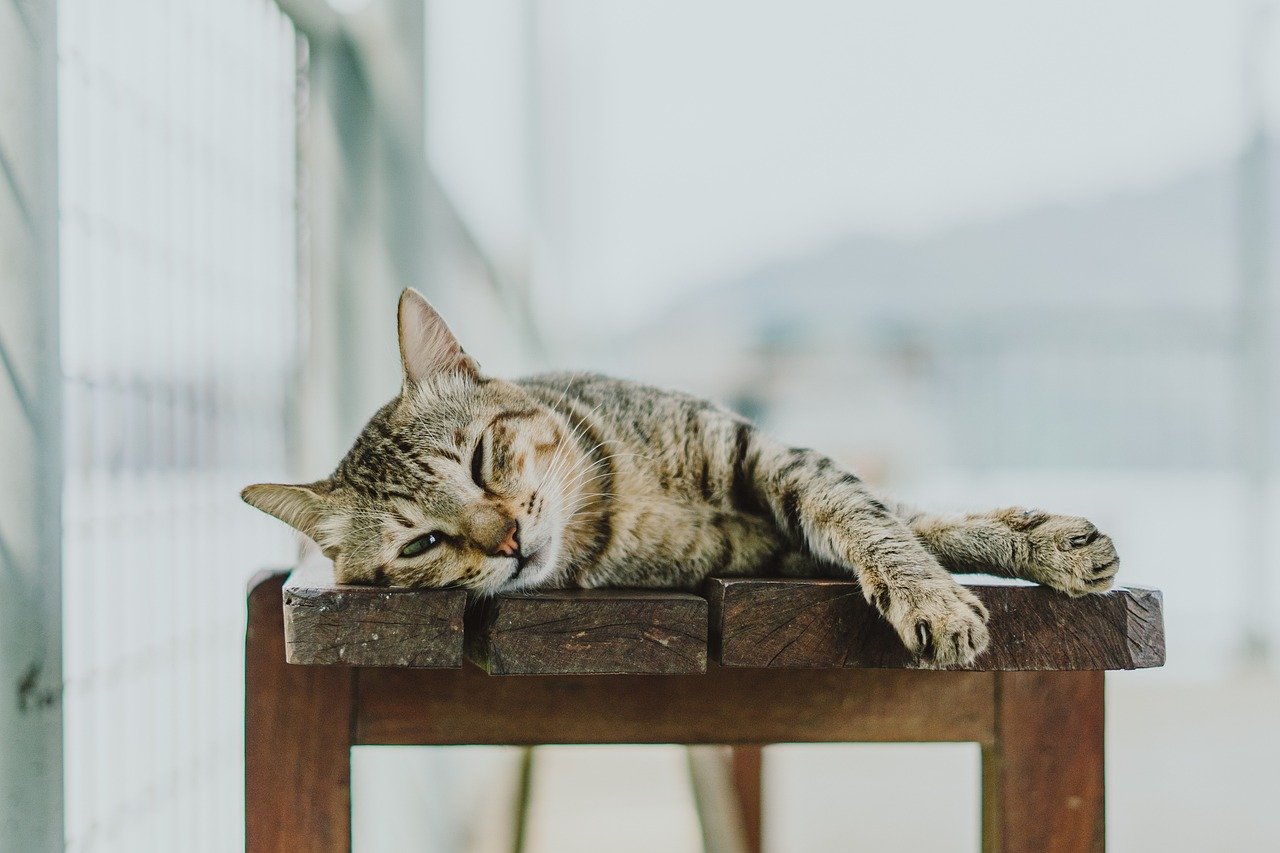
One of the most noticeable signs that your cat is unhappy is a loss of appetite. Cats are creatures of habit, and when they suddenly stop showing interest in their food, it could indicate distress. Think of it as when humans lose their appetite due to stress or sadness. If you notice your cat leaving their bowl untouched, it might be time to investigate further. Ensure there aren’t any underlying health issues by consulting with your vet first. If your vet gives the all-clear, consider if there have been changes in the environment that might have upset your feline friend.
2. Increased Vocalization
Has your usually quiet cat turned into a chatterbox? Excessive meowing or other vocalizations can be a sign that something is amiss. Cats use their voices to communicate with us, and increased vocalization can point to discomfort or dissatisfaction. It’s like when we complain or vent about something bothering us. Pay attention to the tone and frequency. A change in these could be your cat’s way of telling you they’re unhappy. Try to identify any recent changes in their environment or routine that might have triggered this behavior.
3. Hiding More Than Usual
Cats love to find cozy spots to curl up in, but if you notice your cat hiding more frequently, it could be a sign of unhappiness or stress. It’s similar to when we retreat to our rooms to escape the world. If your cat is spending more time under the bed or in corners, it might be their way of coping with anxiety. Take note of their hiding places and how often they retreat there. Creating a safe and calm environment can help them feel more secure and less inclined to hide.
4. Changes in Grooming Habits
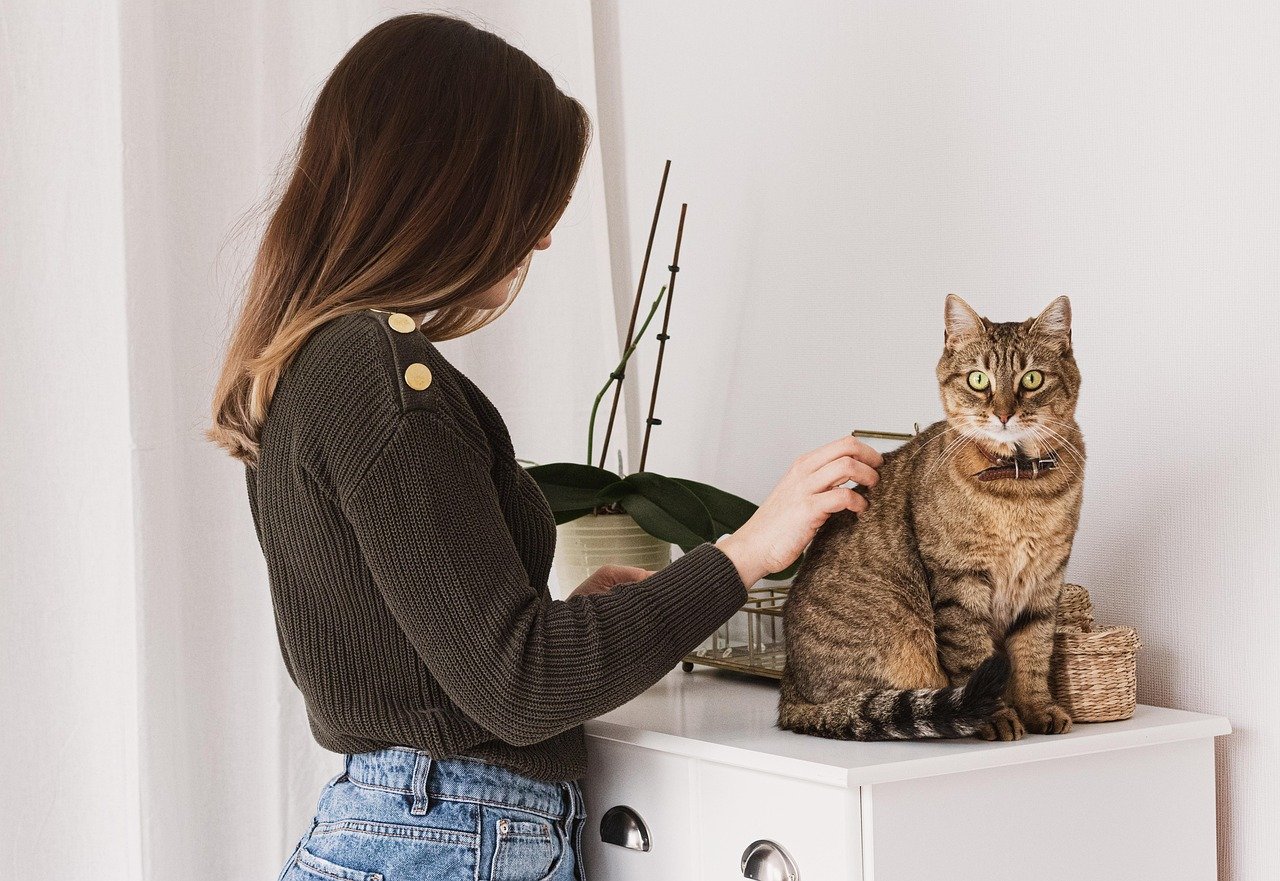
Cats are meticulous groomers, and any deviation from this can be a red flag. Over-grooming, leading to bald patches, or neglecting personal hygiene altogether can indicate stress or unhappiness. Imagine how someone might bite their nails excessively when anxious or skip showers when depressed. Monitor your cat’s grooming habits closely. If you notice these changes, it might be time to address potential stressors in their environment or consult with a vet for health issues.
5. Litter Box Avoidance
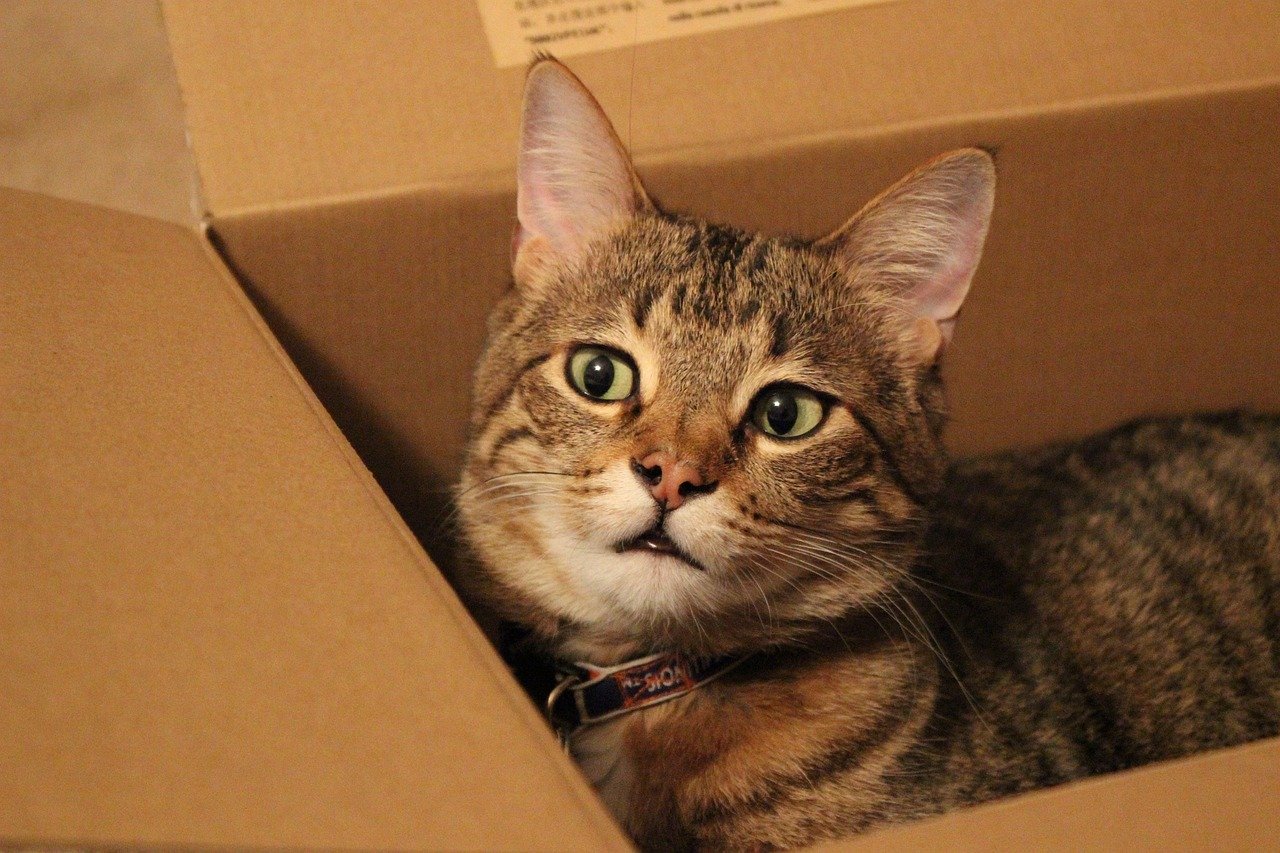
If your cat suddenly starts avoiding the litter box, it could be a sign of unhappiness. Cats are naturally clean animals, and when they start having accidents outside the box, it’s often a cry for help. Think of it as a toddler acting out when they’re upset. Ensure the litter box is clean, easily accessible, and in a quiet location. If the problem persists, consult with a veterinarian to rule out medical issues.
6. Aggression or Irritability
An unhappy cat might become more aggressive or irritable, lashing out unexpectedly. Just like humans can snap when stressed, cats too can show their displeasure through aggression. If your once docile cat suddenly starts swatting or biting, it’s essential to approach them with patience and understanding. Determine if there have been changes in the household that might have upset them. Providing them with mental and physical stimulation can sometimes help alleviate their irritability.
7. Changes in Sleep Patterns
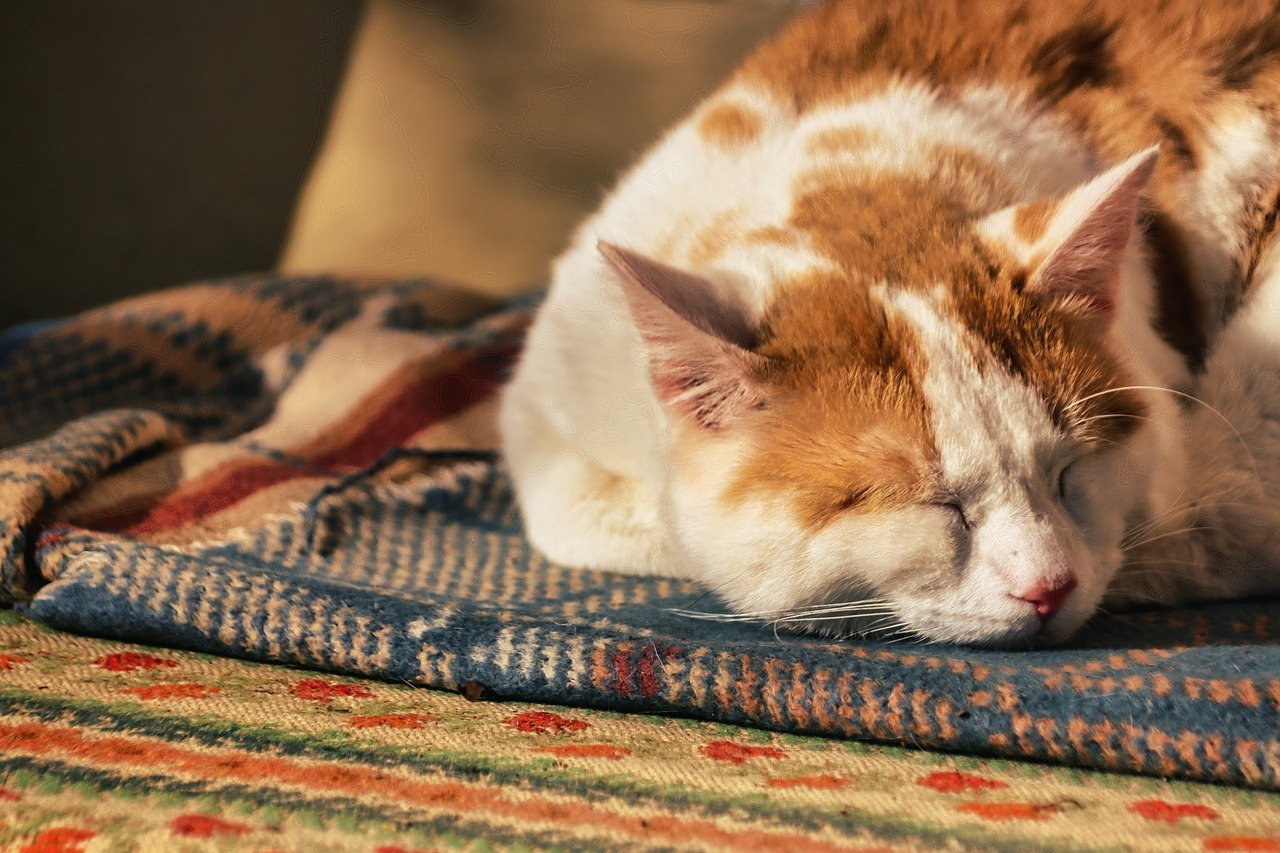
Cats are known for their love of sleep, but changes in their sleep patterns can be a telltale sign of unhappiness. If your cat is sleeping more than usual or appears restless during their naps, it could indicate discomfort or stress. Think of how we toss and turn when anxious or sleep excessively when feeling down. Ensure your cat’s sleeping environment is comfortable and free from disturbances. Observing their sleep habits can provide insights into their emotional well-being.
8. Loss of Interest in Play
A playful cat is usually a happy cat. So, if your feline friend suddenly loses interest in their favorite toys or activities, it might indicate unhappiness. It’s akin to losing interest in hobbies when feeling down. Engage your cat with interactive toys or dedicate time each day to play with them. Sometimes, all they need is a little encouragement to get back into the groove of things.
9. Excessive Scratching
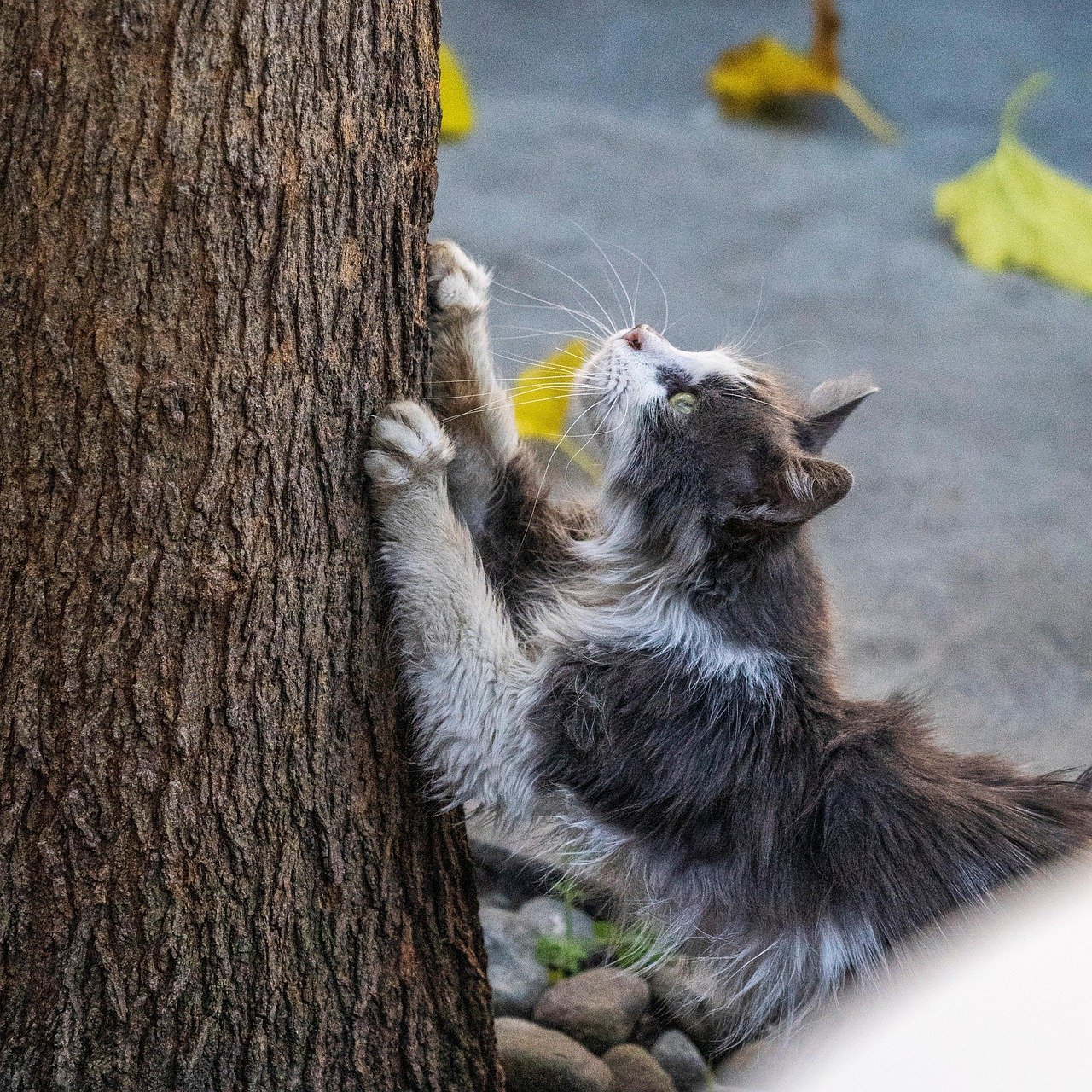
While scratching is a natural behavior for cats, excessive scratching can be a sign of stress or unhappiness. It’s similar to how some people might fidget or tap their feet when anxious. If you notice your cat scratching furniture or walls more than usual, it might be their way of coping with stress. Providing them with scratching posts and ensuring their environment is stimulating can help mitigate this behavior.
10. Physical Signs of Stress
Lastly, physical signs such as dilated pupils, twitching tails, or flattened ears can indicate your cat’s stress or unhappiness. These subtle cues are their way of communicating discomfort. Just like how we might clench our jaws or furrow our brows when stressed, cats have their own set of physical indicators. Pay attention to these signs and consider what might be causing them distress.
5 Ways to Make Your Cat Happier
Now that we’ve explored the signs of an unhappy cat, let’s dive into ways to make them happier. First, ensure a stress-free environment by maintaining a consistent routine. Cats thrive on predictability, so keeping feeding and playtimes regular can help. Second, provide ample stimulation with toys and interactive play sessions to keep them mentally and physically engaged. Third, ensure their basic needs are met, including a clean litter box and fresh water. Fourth, offer affection on their terms. Some cats love cuddles, while others prefer a gentle pat. Lastly, consider introducing calming aids like pheromone diffusers or sprays to help them relax.
Understanding your cat’s emotions and needs will not only make them happier but also strengthen the bond you share. By being attentive and proactive, you can ensure your feline friend leads a joyful and contented life.

Growing up traveling and experiencing new cultures and wonders, I have had a passion for nature, adventuring, photography, and videography. I am currently working towards a BSc in Biodiversity and Ecology at Stellenbosch University, and I hope to specialise in Marine Sciences one day.
Please send any feedback to Feedback@animalsaroundtheglobe.com





